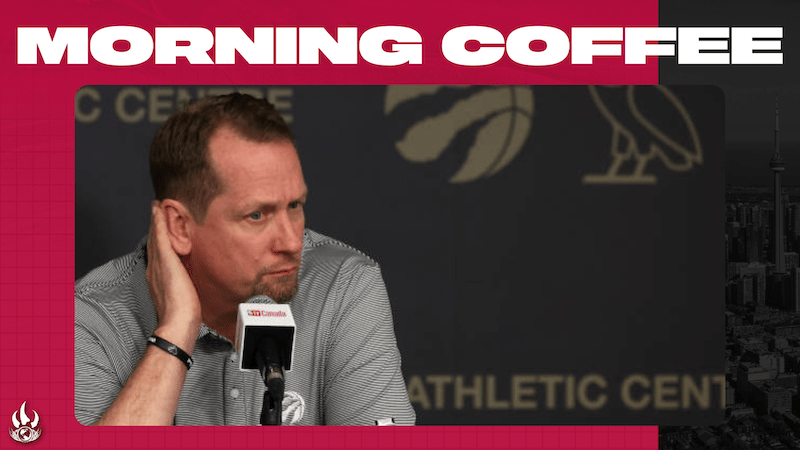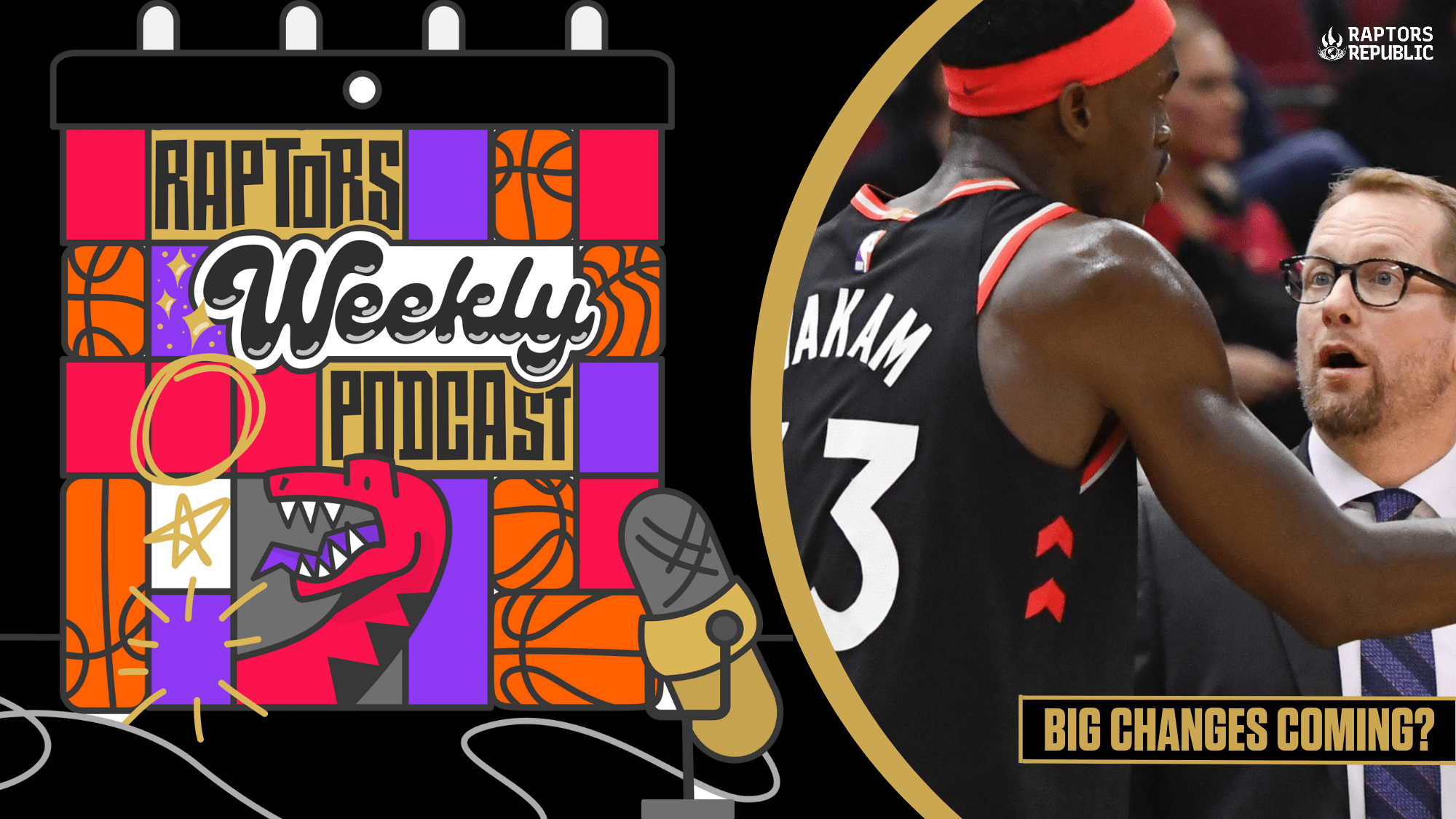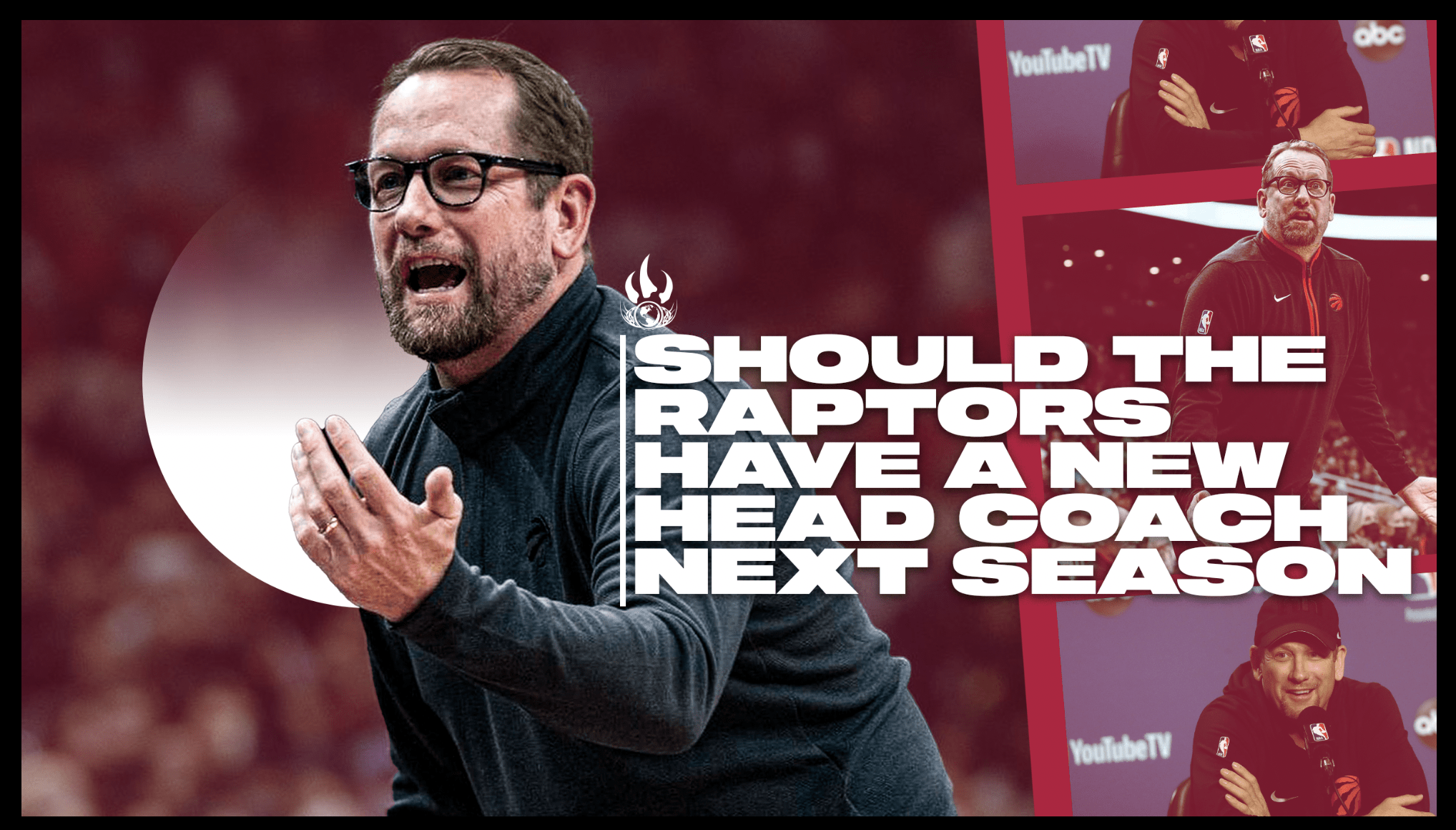10 things: How do the Raptors move forward after a disappointing campaign? – Sportsnet
What do the Raptors do with Fred VanVleet?
As far as contract years go, this wasn’t ideal. Fred VanVleet shot a career-worst 34 percent from deep, and while it’s too simplistic to pin narrow losses solely on just him, VanVleet’s shotmaking was missing in important moments.
There’s the Hawks game lost in overtime where VanVleet shot 4-for-18. There is a loss to Boston by one possession where VanVleet was 3-of-14. In a loss to Philadelphia, he shot 3-for-15 including whiffing on two wide-open threes in overtime. There was another 3-for-15 as the Raptors collapsed in the fourth against the Pacers. VanVleet went 3-for-9 in an embarrassing meltdown to the Lakers, after shooting just 4-for-12 in a narrow loss to the Clippers two nights prior.
VanVleet taking time to decide on his player option: ‘My whole NBA life is here’
Play Video
PlayMute
Current Time
0:00
/
Duration
1:08
Loaded: 0.00%Fullscreen
Down the stretch, there was the 7-for-22 performance in a must-win game against the Pacers at home, a 5-for-17 showing in Philadelphia, and a combined 5-for-25 in the two-game spanking in Boston which effectively sealed their fate in the play-in, where VanVleet started strong but shot 1-for-6 in the fourth quarter as Toronto collapsed for the final time in fitting fashion.
To be fair, there were also stretches of positive play. VanVleet posted career highs in two-point percentages and assists, with the latter bumping to 8.6 dimes with Jakob Poeltl’s introduction to the starting lineup.
Having a genuine pick-and-roll partner to pair with helped VanVleet’s game more than anyone else in the group, and it gave the Raptors a secondary option to play through on offence besides clearing out for Pascal Siakam. It also eliminated the games where VanVleet was relegated to catching and shooting, which on paper seemed like a strength for him, but in actuality, it led to some alarmingly empty stat lines (2-for-9, 0-for-11, 1-for-8, 1-for-9).
VanVleet’s impact metrics also remained strong despite the missed shots, and the Raptors were plus-195 with VanVleet on the floor to lead all players. That outlines the team’s need for VanVleet’s position – a lead playmaking guard who can run pick-and-roll, collapse the paint for kick-outs, limit turnovers, and launch threes at a high volume.
But this also meant that the Raptors were living and dying with VanVleet’s success in this role, and more often than not he came up short.
Ideally, the Raptors would upgrade, but it’s not even easy to find a replacement. There are no in-house solutions if VanVleet were to move on in free agency, as he hasn’t had a viable backup in two seasons, nor would it seem wise to lean further into the “Vision 6-9” strategy of playing without guards.
A sign-and-trade is possible, but if any other market is looking to bring in VanVleet, it would be to upgrade their own shortcomings at point guard, therefore the Raptors would only be offered discards in return. That’s why re-signing VanVleet has always been the most likely outcome, although agreeing to the right number would be difficult.
VanVleet stated on the record in December that he did not decline a four-year extension worth $114 million, as it was agreed from both sides to circle back after the season, but there is a real danger in going much beyond that figure. It might be a fair figure considering that the Raptors have no other options, but the real question is whether any other team values him at that figure because otherwise it becomes a bad contract.
If there’s any possibility of keeping the term shorter to mitigate risk, it would be for the best. The alternative to retaining the asset would be to just let him walk, but that is the main reason why the Raptors are in this predicament of being short on talent in the first place.
Plenty of blame to go around for Raptors’ woeful season | Toronto Sun
And it’s not just that they didn’t fulfill expectations and make another leap forward. This club actually went backwards in 2023.
There is plenty of blame to go around and no corner of the organization escapes it from the front office to the coaching staff and obviously the players themselves.
We’ll start at the top with the front office.
It’s far too early to judge the Christian Koloko pick in the draft, but that appears to be one that is going to work out just fine for the Raptors. Koloko was thrown into the fire early on, after an impressive summer and training camp.
He struggled with his fouling but, for the most part, got a good first taste of the league that is only going to help him down the road. He’s a willing worker with the combination of size and athleticism that makes him an easy prediction for carving out a role for himself in the league.
Article content
Management then went to work on bolstering the bench and this is where they collectively failed miserably.You can’t necessarily blame them for throwing more than $12 million at Porter and then getting almost nothing back on that in the first year of a two-year deal. Porter turned a broken toe (a middle toe at that) into an eight-game season that totalled 142 minutes of actual court time. So yes, an injury, but we have yet to receive a plausible explanation for how a second toe dislocation suffered in mid-November ends a player’s season.
Management didn’t do much better with the Hernangomez signing. A career 37% three-point shooter, Hernangomez never found his rhythm in Toronto and wound up shooting just over 25% from three, the one area the Raptors were probably the most in need of improving all season.
Khem Birch, the third veteran among the reserves who might have helped a bench that scored fewer points than every team in the NBA not named the Portland Trail Blazers, also succumbed to injuries, though his were of the cumulative sort on knees that reached the point of no return.
What it left was Boucher, Achiuwa, who would lose 24 games to a right ankle sprain that torpedoed his season, and a slew of other young players not ready to assume a key rotation role. More about that later when we start putting some of the blame on the head coach.
As we wait on a decision of whether he stays or moves on, Nick Nurse and his staff obviously share in the blame also for a season gone wrong.
While most of our issues with Nurse were about his late-season handling of his own future with the club, Nurse bears some of the burden for the young reserves’ inability to find their footing.
As with every head coach, there’s a mix of coaching to win and develop simultaneously but on the development side, Nurse rarely gave things a chance.
Convinced that he didn’t have the horses to get the job done, Nurse chose to ride his starters hard, forgoing any chance that the likes of Dalano Banton or Malachi Flynn or even Justin Champagnie, before he was released, might actually turn into solid bench pieces with some playing time.
It was a short-sighted strategy and one that came back to bite this team in the butt later in the year when fatigue became a factor with the likes of Siakam who got worn down for a while there and even VanVleet.



